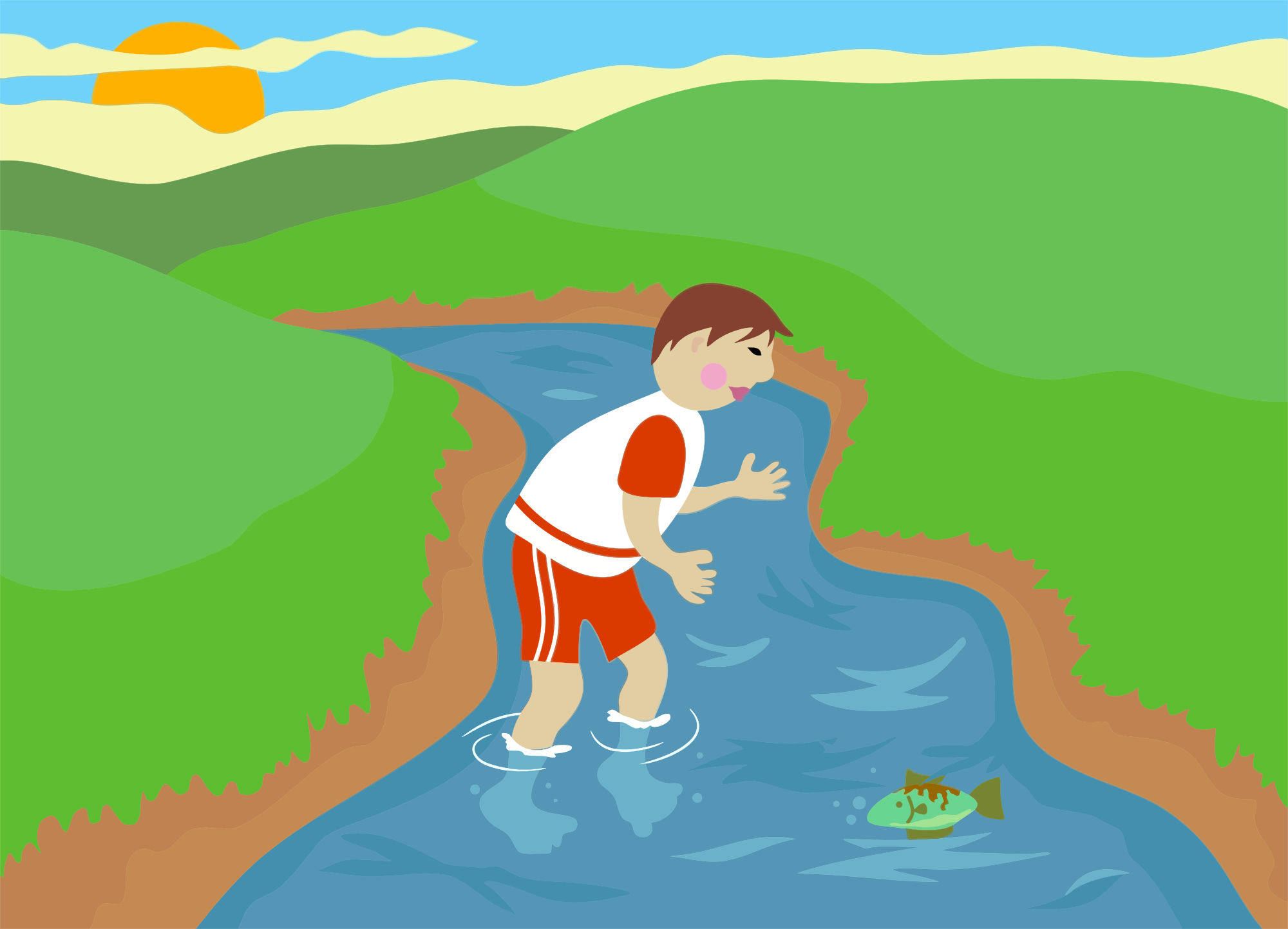Rivers of Greece
5th Grade Geography: Rivers of Greece
Section 2-Chapter 19 (Greek Educational System)
Go to the lesson
|
|
Materials for the lessonSkewer Sticks.
|
Layout of the classroomSome desks together in the middle to form a large table to create upon it a model of Greece. |
|
1st PhaseArtistic Activity
|
|
2nd PhaseWe place our mountains (pyramids) according to their position and height (consult the previous lesson Chapter 13).The teacher can repeat some of the information of Chapter 13-Mountains of Greece.Continuing the lesson the children place the rivers on the model while discussing with the teacher, questions etc. The groups of students that drew the peripheries now go on to place the rivers according to the course the teacher has explained in the lesson. We place the bottles flat with the green textile coming out to represent the sources where the river starts and then goes through the mountains to end up in the sea. We split the end of the ribbon to show how rivers divide before falling to the sea. |
|
3rd PhaseThe Teacher dictates the lesson according to the book and all the information it provides.4th PhaseThe students having done some research at home they can narrate some myths about the each river according to the Greek Mythology.For example Alpheios river:Son of the Ocean, was praised as the God of fertility. But luck was not on his side, he fell in love, in vain, with Artemida and then the Nymph Arethoussa who then left for Ortygia. While trying to avoid him, she transformed herself into a fountain! Then Alpheios became a river to unity with the waters of his great love the fountain Arethoussa.Research the history of the 10 larger rivers that run through Greece:
|


 SmartOWL
SmartOWL